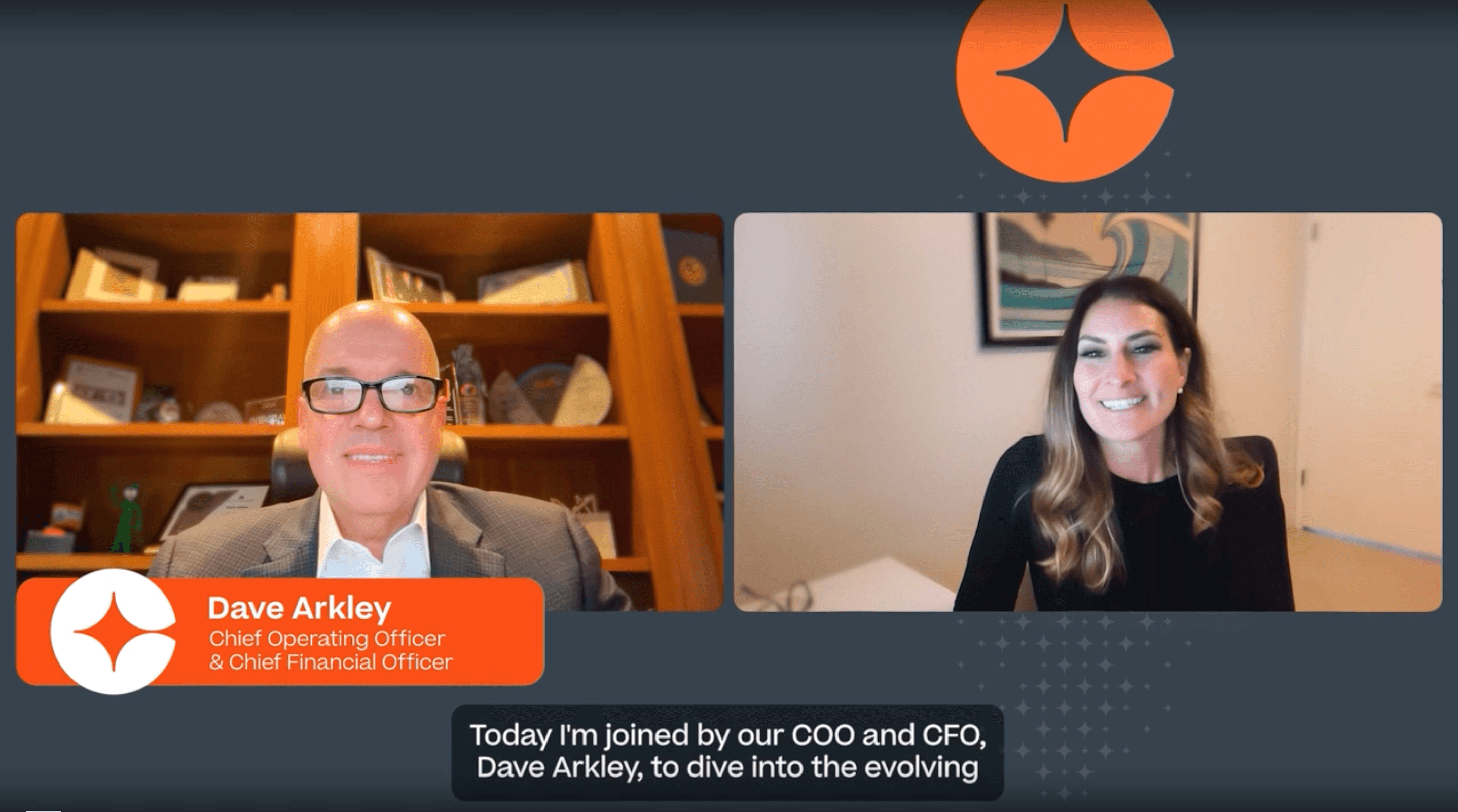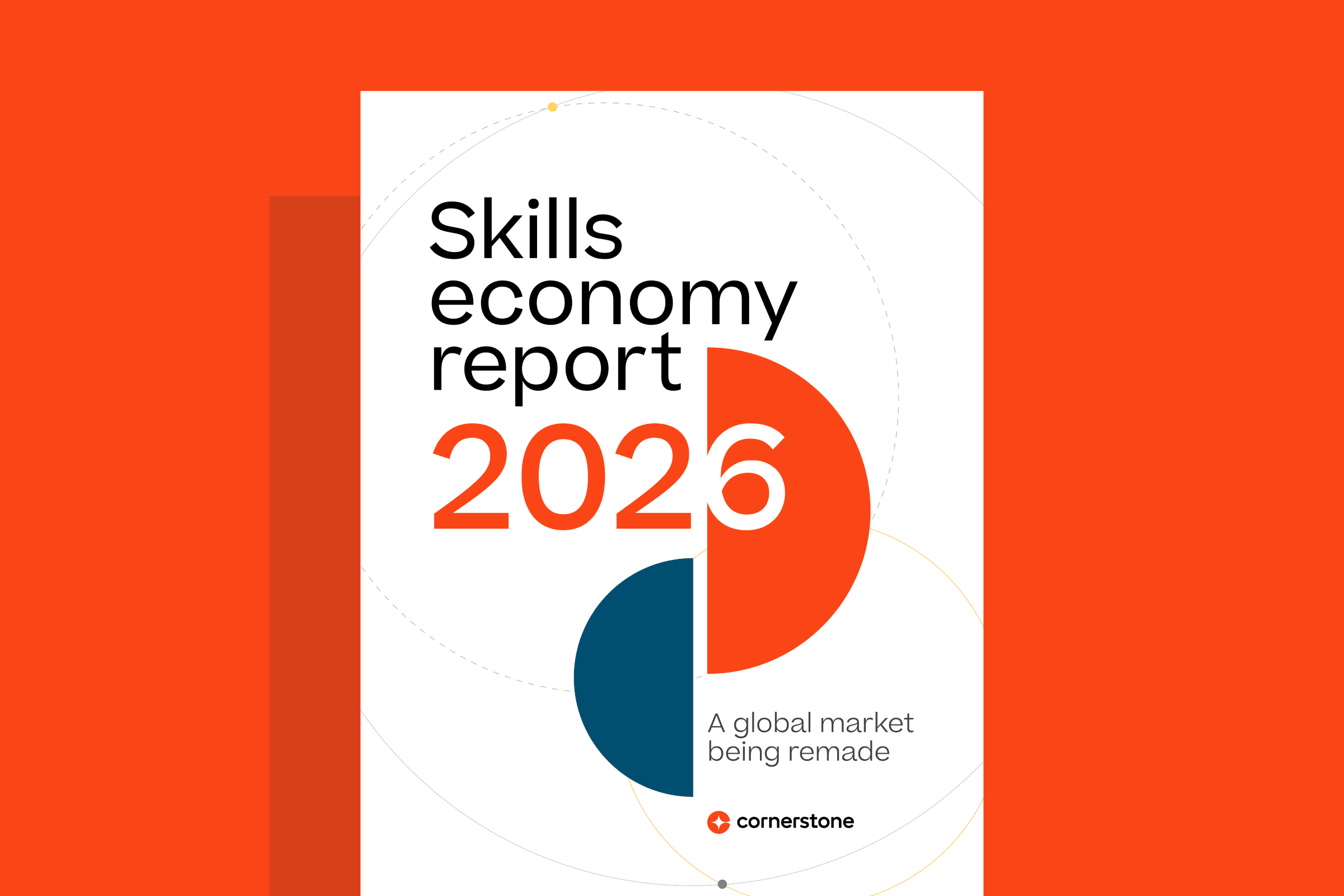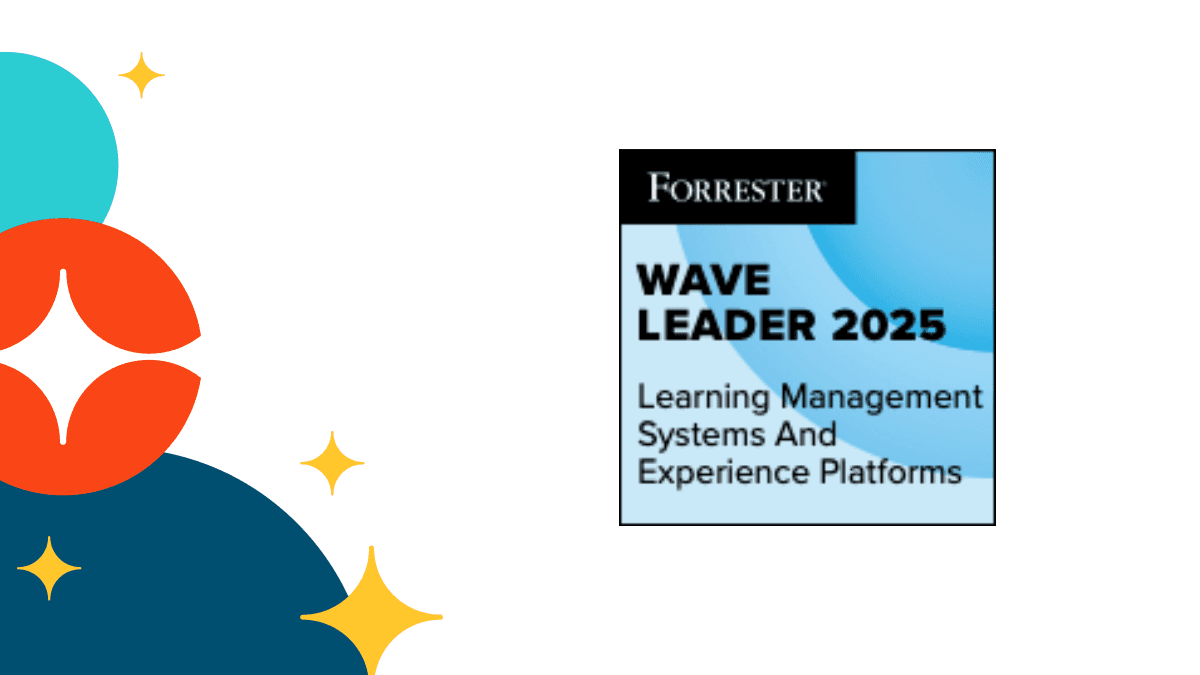Key Takeaways
- AI in HR offers opportunities to produce HR content efficiently and facilitate interactions within the organization.
- The use of AI in HR brings the risk of loss of confidence and distancing HR from employees, emphasizing the importance of balancing technology with human touch.
- AI can assist in HR decision-making, but it's crucial to avoid underestimating human intelligence and to build trust with employees through transparent and ethical AI use.
Artificial intelligence (AI) has seamlessly integrated into our lives and organizations, often bringing transformative benefits even before we fully realize it. The popularity of generative AI, such as ChatGPT, has pushed this subject to the forefront. So how exactly is AI transforming the HR function? While this question often arises, the answers are evolving as quickly as the AI itself. Yet, as with any transformative journey, each opportunity comes with challenges that demand our attention.

What is artificial intelligence?
Artificial intelligence doesn't mean a machine imitating the human mind — it simply describes how machines think. AI covers a wide range of technologies and functionalities, which combine the analysis of massive data, their interpretation and the generation of content in response to users' questions (in conversational or non-conversational form, text, graphics or images).
AI is, above all, a product of human intelligence. She's not a competitor but an ally. AI doesn't imitate our brain — it performs tasks for us that we can't complete as quickly. But it's devoid of emotion, moral sense and empathy — all traits that characterize our human intelligence and make us unique.
The proliferation of generative AIs has brought forth a potential pitfall known as anthropomorphism. This phenomenon arises as computers engage with people in a manner akin to interactions with thinking entities. However, the danger lies in overlooking that AI is fundamentally a tool, leading to a perception of disassociation. Navigating this delicate balance is imperative.
What is certain is that AI is one of the primary vectors of the digital transformation of organizations today. And they would be wrong to deprive themselves of the opportunities it offers to meet future challenges.
The opportunity: producing HR content
In many professions, generative AI is increasingly used to produce content. The same is true in HR, where these tools can speed up the writing process in various contexts. By combining data analysis and writing skills, AI technology can create job descriptions, interview guides and email communications, develop employee satisfaction surveys and analyze the results.
In all cases, human intervention is essential — upstream, to formulate the request in a relevant way, and downstream, to reread, correct the inadequacies, and complete the statement.
The risk: loss of confidence in HR
The intended audience must always hear the voice of the HR department behind the writings that emanate from it — the difference between AI-assisted writing and AI-generated writing. An accumulation of errors resulting from poorly proofread AI editorials can permanently discredit the words of HR professionals with employees and candidates.
The opportunity: facilitating HR interactions
AI streamlines interactions within the employment relationship, facilitating communication between employees, candidates, HR managers and supervisors. It addresses candidates' inquiries about job offers, explains recruitment processes and aids onboarding. Once employed, AI can assist employees in navigating everything from paid holidays to compliance training, and employees no longer need to navigate complex documentation or wait for HR responses. HR managers can focus on intricate issues and optimize their time for core HR tasks. AI complements HR expertise by providing a user-friendly gateway to relevant information for everyone across an organization.

The risk: distancing HR from employees
The challenge is balancing simple, routine questions while handling specific, personalized inquiries. AI excels at answering straightforward questions, but complex or ambiguous situations require the nuanced judgment of humans. While conversational AI effectively interfaces with documentation, it must improve as a reliable analyst for specific or unclear scenarios. While it can handle questions regarding vacation days, it lacks the authority to bind the company in sensitive HR matters.
AI should not be an overzealous assistant but must acknowledge its limitations, saying "I don't know" and deferring to human intervention when necessary. As technology evolves, the boundaries between these roles may shift.
The opportunity: offering HR services to employees
Streamlining HR interactions and automating HR processes enhance organizational efficiency. And AI goes even further by directly improving your employees' quality of life. AI can leverage HR and personal data to identify tailored company services like childcare options, flexible schedules, concierge services, holiday gifts, etc. In addition to career and skills support, AI adds significant value by mapping skills, proposing targeted training via the LMS and customizing training methods. This empowerment in career development enhances commitment and organizational performance, showcasing AI's pivotal role in shaping a fulfilling work experience.
The risk: failing to convince
Effective personalization and empowerment for employees hinge on overcoming obstacles. Negative experiences with AI, often stemming from developmental stages, may create bias. Additionally, some fear losing control over personal data. Addressing these concerns demands patience, transparency and education. Providing employees access to their data and ensuring ethical vigilance in AI use within HR is essential for building trust.
The opportunity: assisting with HR decisions
Digital technology's capability to derive meaning from vast data, interpret it without biases, and graphically represent analyses appeals to HR decision-makers on paper. However, translating this into real-life HR language is complex. Unlike science or law, HR's nuanced terminology poses challenges. AI deduces and maps candidate skills, provides diagnostic insights on team or employee performance and offers predictive analyses for performance management. AI furnishes decision-makers with informative material, never replacing their role but augmenting it.
The risk: underestimating human intelligence
AI's impressive computing power often tempts idolatry or overreliance. Proper training is crucial to understand its possibilities and limitations. AI challenges our perception of instinct, urging us to differentiate between beneficial and misguided instincts. Our human brain, while less extensive than AI's experiences, excels in making unpredictable correlations and acting decisively in uncertainty. However, it's vulnerable to bias due to storytelling and personal preferences. AI prompts self-reflection when its conclusions defy intuition, allowing us to identify errors or incomplete data. Artificial intelligence serves as a stimulus, nourishing and enhancing our intelligence.
AI and HR: a developing story
Artificial intelligence technologies have made significant strides in the past decade, particularly in HR applications, from user-facing tools to transformative back-office changes. The quality and performance of digital tools are crucial, necessitating continuous evolution to align with the latest research. Cornerstone's cutting-edge solutions, exemplified by Content Studio, underscore this relentless innovation journey. When appropriately utilized, AI contributes to humanizing organizations and enhancing the employee experience, and its potential far outweighs the risks.
Get in touch with one of our experts to explore how we can tailor our solutions to your organization's needs.


